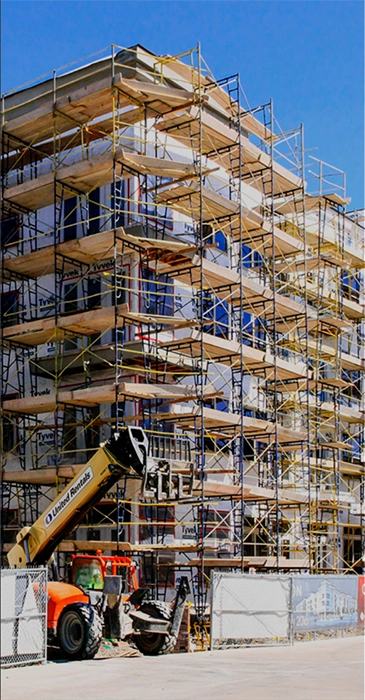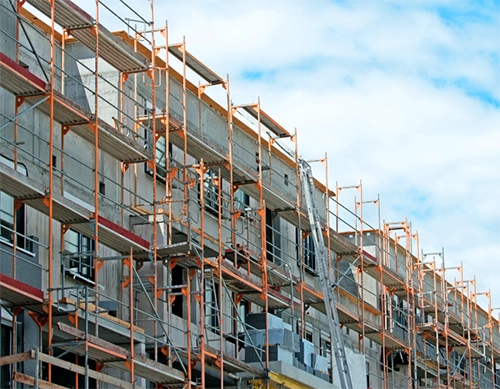3 W. Main St, Suite 103
Irvington, NY 10533
FHA 221(d)(4) Program for New Construction and Substantial Rehabilitation
FHA 221(d)(4) is a loan insurance program offered by the Department of Housing and Urban Development (HUD) that provides non-recourse financing for the construction or substantial rehabilitation of multifamily properties.
Program highlights:
- The program offers high proceeds; although there is no minimum and maximum, the asset financed must be five or more units.
- It offers long loan terms – up to 40 years – and fixed interest rates, which can provide greater stability in cash flow projections for developers.
- The program allows for higher loan-to-cost (LTC) ratios – up to 85% for market rate projects, up to 90% for affordable projects, including construction, and soft costs. This means that developers can borrow a larger percentage of the total project cost, which can be used for new construction projects that require large upfront investments.
- Adherence to Davis-Bacon prevailing wage is standard for the FHA 221(d)(4) loan program.
- The program provides a streamlined loan application process and standardized underwriting guidelines.
- It provides nonrecourse financing, which means the borrower is not personally liable for the loan.
- Loans are fully assumable, which means the loan can be transferred to a new owner, along with the property.
- The FHA 221(d)(4) program requires borrowers to pay mortgage insurance premiums throughout the life of the loan. (One notable caveat is that the program offers reduced mortgage insurance premiums – currently 25 basis points – for properties that meet certain energy efficiency criteria.)
- Once your interest rate is locked, you are allowed to refinance to a lower rate during the loan term.
- FHA loans typically have longer processing times – the process can begin prior to land being titled or construction draws being completed.
Conventional Bank Lending
Conventional bank lending refers to the process of obtaining a loan from a private lender, such as a bank or credit union.
Program highlights:
- Traditional bank lending usually provides lower proceeds.
- Conventional loans often feature mini-perm structures with terms up to 5 or 7 years.
- The program has loan-to-cost (LTC) ratios of 55-65%.
- The program has higher equity requirements.
- Traditional bank lending is typically recourse, which requires personal guarantees from developers.
- Conventional loans typically close in 120-150 days.
Here is a recap of the two products and their basic offerings.
| FHA | Conventional Lender |
|---|---|
| Higher Proceeds | Lower Proceeds |
| Long Terms | Shorter Terms |
| Fixed Rates | Fixed Adjustable Rates |
| MIP Required | May Not Require MIP |
| Consistent Underwriting Parameters | Market-Driven Underwriting Parameters |
| Non-Recourse | Recourse |
| Fully Assumable | Not Assumable |
The FHA 221(d)(4) and conventional lending programs have different features for new multifamily construction. Ultimately, developers must weigh the pros and cons and lender requirements before choosing the financing option that best suits their needs.
Please reach out to our lending experts at X-Caliber today for a free consultation.





